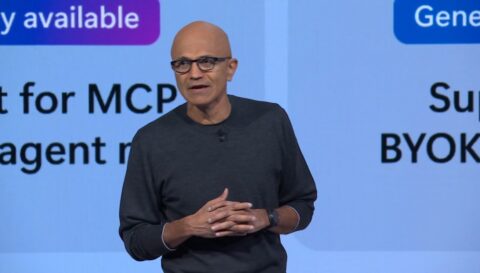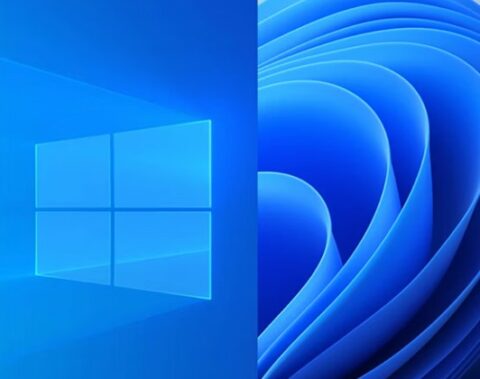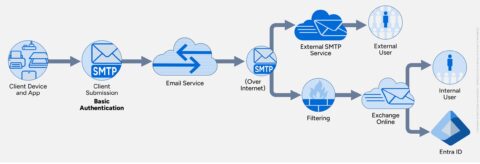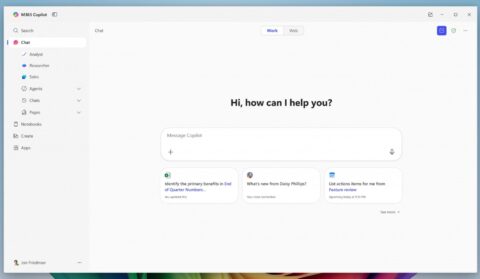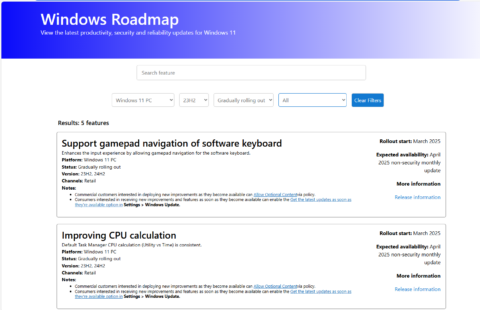Updated: May 21, 2024 (May 21, 2024)
BlogWill Windows on Arm PCs finally be worth buying?
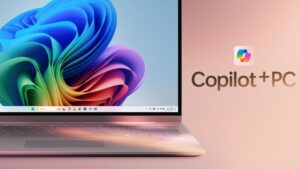
Microsoft has spent more than a decade trying to find a way to get Windows on Arm devices to catch on. On May 20, Microsoft and many of its big PC partners took another swing at igniting the Windows-on-Arm PC market, and a reason for customers to buy new machines. This time, unsurprisingly, AI is being touted as the “killer” app/use case.
The coming wave of new Windows on Arm devices, running Qualcomm’s latest Snapdragon X series of processors, are going to be branded “Copilot+.” (Intel and AMD-based Copilot+ PCs are coming, too, but possibly not until later this year or early next. They will be based on new AMD and Intel systems on a chip (SoCs) that are expected to be announced this summer.)
No PCs currently in market qualify as Copilot+ devices. The baseline specs for Copilot+ PCs are NPUs delivering 40-plus TOPS (trillions of operations per second), Microsoft’s Pluton security processor (which must be enabled by default), 16GB of RAM, and 256GB of storage. Microsoft is requiring PC makers to include a Copilot key on the keyboard for this new class of devices. These Copilot+ PCs will be running Windows 11 24H2. They will be available in all kinds of configurations. Pricing starts at $1,000 and they’ll be generally available beginning June 18.
If at first you don’t succeed…
Microsoft and PC makers have been trying to capitalize on Arm’s promised benefits, including better battery life and lower power and cooling requirements, for more than a decade to no avail.
Microsoft’s first foray into Windows on Arm, in 2012, centered around its own Surface RT tablets running a modified version of Windows for Arm. The devices were so unsuccessful that Microsoft ended up taking a $900 million charge due to having to slash the price of the Surface RT tablets.
Microsoft tried again with its Surface Pro X, featuring the Microsoft SQ1 Arm processor, which was a modified version of the Qualcomm Snapdragon 8cx Arm chip. These devices — and Windows on Arm — didn’t offer the battery life or performance vendors promised. Emulation was required to get popular apps to work on Microsoft’s and other PC makers’ devices running 8cx, and emulated apps ran far slower than native ones.
(Near) total Recall
Microsoft’s Surface unit, along with top PC makers — including Acer, ASUS, Dell, HP, Lenovo and Samsung -— are looking to AI features to whet Windows PC buyers’ interest. The new Surface Laptop and Surface Pro announced on May 20, both feature the Snapdragon X Arm processors and will be marketed as Copilot+ PCs.
With the so-called “Recall” application (part of the set of features first reported by Windows Central as “”AI Explorer”), which will soon be available in preview, customers will be able to more easily find anything they’ve seen on their PCs by describing things they remember. A timeline interface will help them scroll back in time to return to apps, documents, messages which they used previously.
Live Captions with live translation will deliver automatic captions and handle translations in real time of any live or prerecorded videos in a variety of languages. PC makers are playing up “Cocreator” a feature that enables sketches to be filled out using AI. And the new Copilot+ PCs will take advantage of additional new Windows Studio Effects, which can improve video conferencing with filters that adjust lighting, and noise cancellation.
Windows 11 on Arm can run x86 and x64 applications via emulation, which helps with performance and compatibility. But Microsoft finally seems to be convincing ISVs to build native Arm versions of their apps for these devices. Microsoft’s own major Microsoft 365 apps have been available as native Arm apps for several years. Google recently delivered an Arm64 version of Chrome. Adobe Photoshop, Lightroom, and Express are all available natively, and Illustrator is coming this summer, according to Microsoft.
Microsoft officials claim 90% of users’ application minutes on these PCs will be spent in native apps. But for enterprises, the real test will be in the line-of-business and other non-consumer apps that they will need to just work, either in emulation or natively.
Microsoft is adding a new “Copilot Runtime” layer to Windows 11 to infuse the OS with AI capabilities, rather than making them add-ons. Microsoft execs also said that the Windows 11 tools organizations use to deploy, manage and secure existing PCs also will work with Copilot+ ones. Windows Autopatch, Intune and Windows Autopilot will all work with Copilot+ PCs, they said.
Related Resources
Microsoft blog: Introducing Copilot+ PCs







